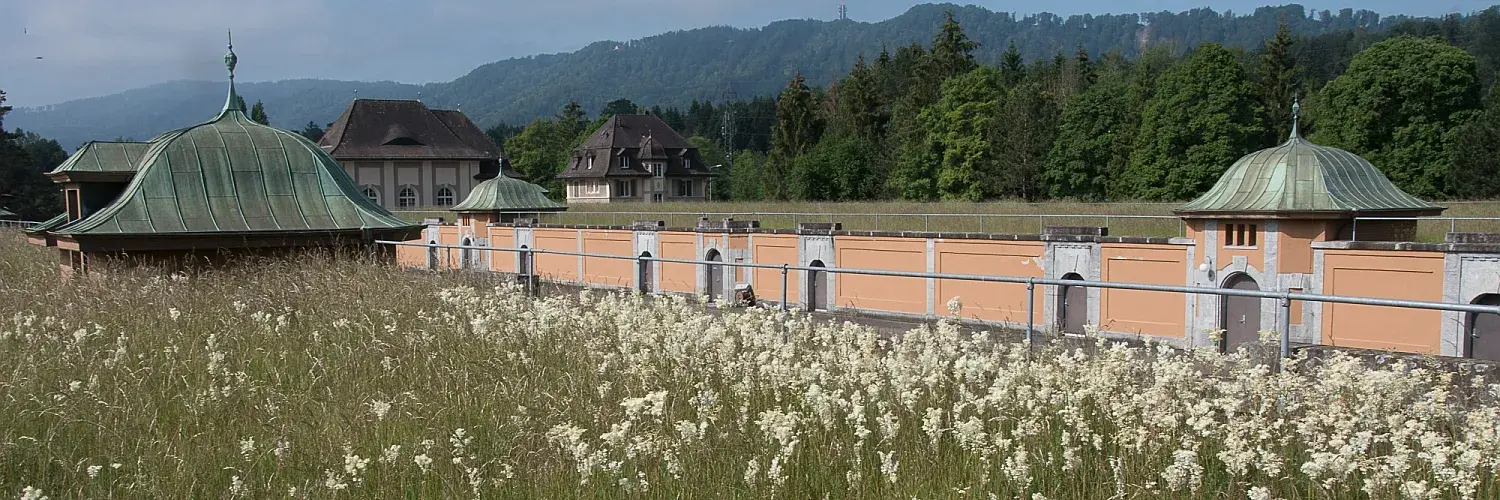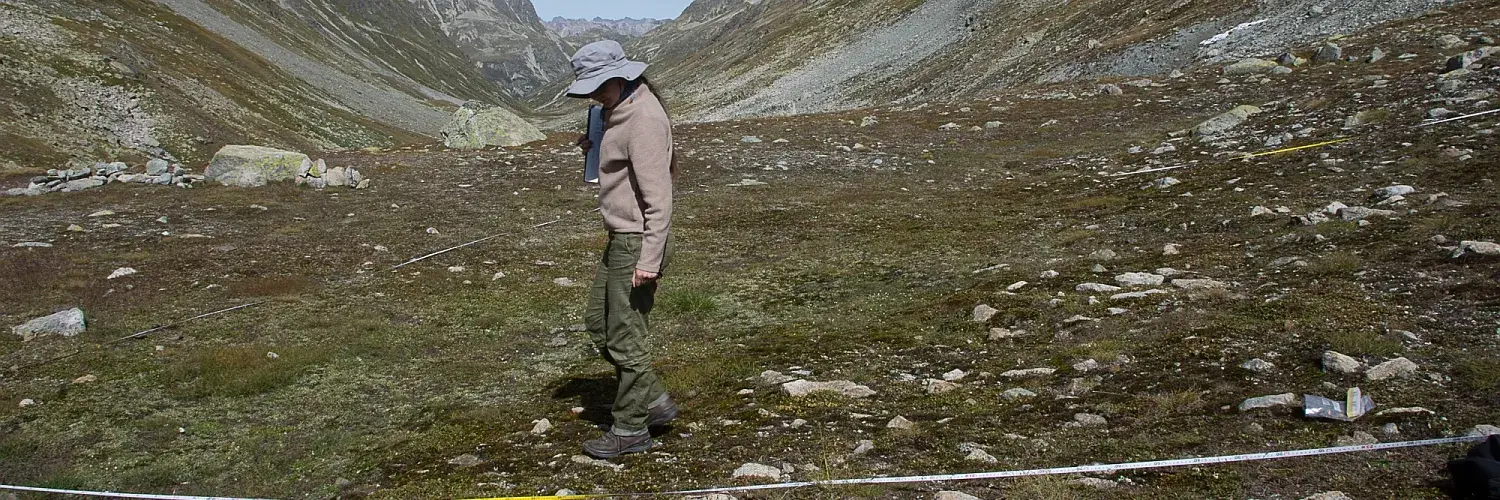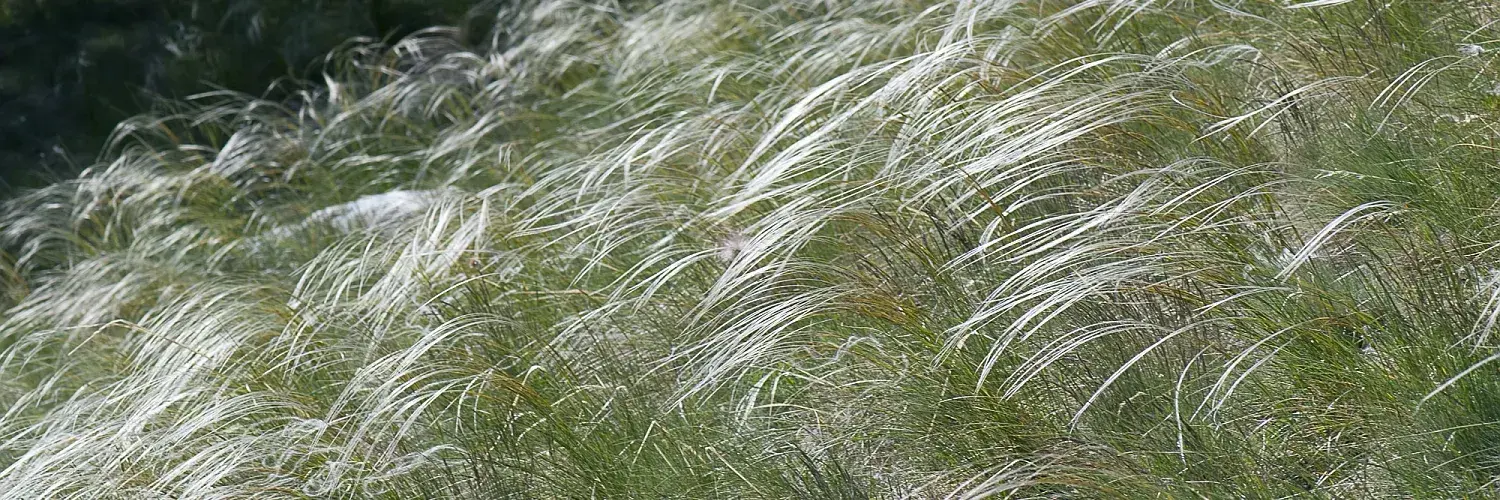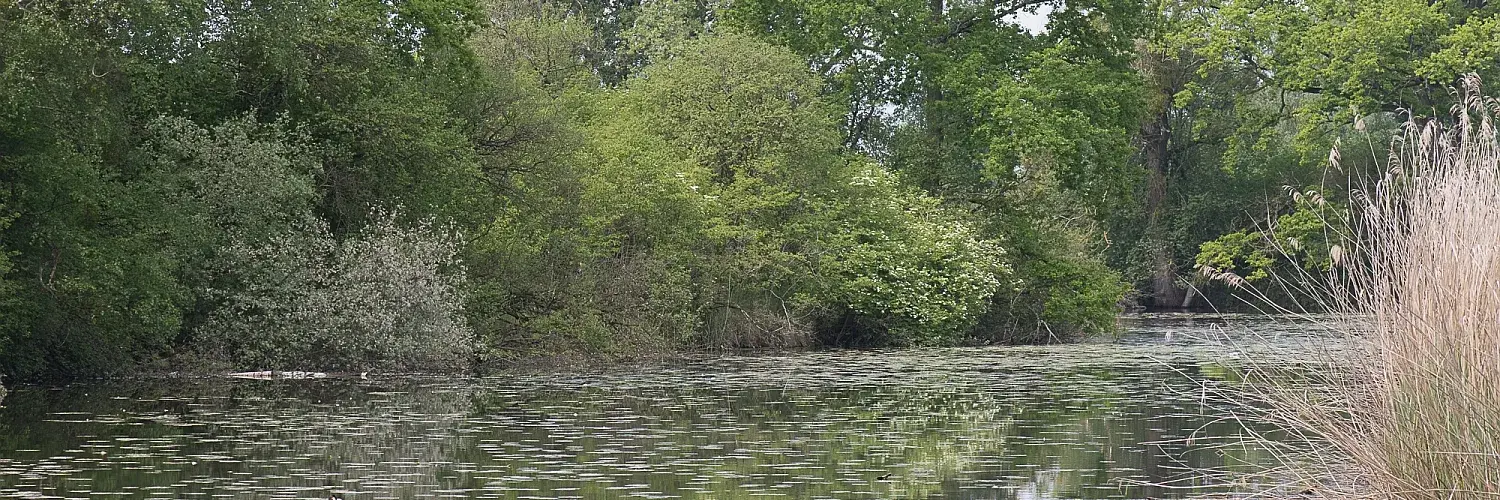Research Vegetation Ecology Research Group
Research foci
Evidence-based nature conservation
Measures against the dramatic loss of biodiversity often are less efficient than they could be, also because scientific findings are insufficiently taken into account or are lacking. The research group therefore develops nature conservation measures at the level of individual species, plant communities and habitat types and establishes monitoring schemes. Examples of projects are the ecological upgrading of forest edges, the control of invasive plants and the conservation biology of the flora of erratic boulders.
Plant diversity and its change
The understanding of species-rich and species-poor habitats is crucial for biodiversity conservation. The research group addresses this topic with field observations, experiments and the use of existing databases. In addition, the influence of global change (climate change, land use change, eutrophication, etc.) and the driving factors for change are of interest. One possibility is the resurvey of localizable historical vegetation plots.
Ecoinformatics and vegetation databases
Large vegetation databases such as the European Vegetation Archive (EVA) offer significant opportunities for research in ecology and nature conservation. In this way, new classifications of vegetation types can be created or the conditions under which species become invasive can be explored. One of the aims of the research group is to establish a Swiss national vegetation database as an EVA partner and at the same time to develop a Europe-wide, optimised system of ecological indicator values.

Publications
-
Vassilev, Kiril; Ruprecht, E.; Alexiu, V.; Becker, T.; Beldean, M.; Biță-Nicolae, C.; Csergő, A.M.; Dzhovanova, I.; Filipova, E.; Frink, J.P.; Gafta, D.; Georgieva, M.; Germany, M.S.; Goia, I.; Gumus, M.; Hennekens, S.M.; Janišová, M.; Knollová, I.; Koleva, V.; Kostadinova, S.; Kuzmanović, N.; Loos, J.; Mardari, C.; Michl, T.; Neblea, M.A.; Nicoară, R.I.; Novák, P.; Öllerer, K.; Onete, M.; Palpurina, S.; Paulini, I.; Pedashenko, H.; Pușcaș, M.; Roman, A.; Šibík, J.; Sîrbu, C.; Stancu, D.; Sutcliffe, L.; Szabó, A.; Tomescu, C.-V.; Totev, E.; Tsvetanov, B.; Turtureanu, P.D.; Vassileva, P.; Velev, N.; Dengler, Jürgen,
2018.
The Romanian Grassland Database (RGD): historical background, current status and future perspectives.
Phytocoenologia.
48(1), pp. 91-100.
Available from: https://doi.org/10.1127/phyto/2017/0229
-
Halbritter, Aud H.; Fior, Simone; Keller, Irene; Billeter, Regula; Edwards, Peter J.; Holderegger, Rolf; Karrenberg, Sophie; Pluess, Andrea R.; Widmer, Alex; Alexander, Jake M.,
2018.
Trait differentiation and adaptation of plants along elevation gradients.
Journal of Evolutionary Biology.
31(6), pp. 784-800.
Available from: https://doi.org/10.1111/jeb.13262
-
Magnes, Martin; Kirschner, Philipp; Mayrhofer, Helmut; Dengler, Jürgen; Biurrun, Idoia,
2017.
11th EDGG Field Workshop Eastern Alps, Austria - First Call.
Eurasian Dry Grassland Group.
-
Kreyling, Juergen; Dengler, Jürgen; Walter, Julia; Velev, Nikolay; Ugurlu, Emin; Sopotlieva, Desislava; Ransijn, Johannes; Picon-Cochard, Catherine; Nijs, Ivan; Hernandez, Pauline; Güler, Behlül; von Gillhaussen, Philipp; De Boeck, Hans J.; Bloor, Juliette M. G.; Berwaers, Sigi; Beierkuhnlein, Carl; Arfin Khan, Mohammed A. S.; Apostolova, Iva; Altan, Yasin; Zeiter, Michaela; Wellstein, Camilla; Sternberg, Marcelo; Stampfli, Andreas; Campetella, Giandiego; Bartha, Sándor; Bahn, Michael; Jentsch, Anke,
2017.
Ecology Letters.
20(11), pp. 1405-1413.
Available from: https://doi.org/10.1111/ele.12848
-
Dengler, Jürgen; Becker, Thomas; Conradi, Timo; Dolnik, Christian; Heindl-Tenhunen, Bärbel; Jensen, Kai; Kaufmann, Jana; Klotz, Marius; Kurzböck, Claudia; Langer, Nancy; Marquardt, Britta; Putfarken, Dorothee; Rahmlow, Melanie; Schuhmacher, Oliver; Went, Julia,
2017.
GrassVeg.DE – die neue kollaborative Vegetationsdatenbank für alle Offenlandhabitate Deutschlands.
Tuexenia.
37, pp. 447-455.
Available from: https://doi.org/10.14471/2017.37.019
-
Hepenstrick, Daniel; Walthard, Peter,
2017.
Die Alpen.
pp. 60-61.
Available from: https://doi.org/10.21256/zhaw-1368
-
Babbi, Manuel; Widmer, Stefan; Ochsner, Pascal; Krüsi, Bertil,
2017.
Hilfe von oben : Erfassung von Adlerfarnbeständen mit Drohnen.
Vierteljahrsschrift der Naturforschenden Gesellschaft in Zürich.
162(3/4), pp. 10-11.
-
Döös, Christian; Riesen, Matthias; Babbi, Manuel,
2017.
Entomo Helvetica.
10, pp. 21-30.
Available from: https://doi.org/10.5169/seals-986067
-
Haritz, Candida; Gaggini, Luca; Babbi, Manuel; Catalano, Chiara; Donati, Franca; Meier, Sybille; Krüsi, Bertil O.; Patocchi, Nicola,
2017.
Bollettino della Società Ticinese di Scienze Naturali.
105, pp. 39-51.
Available from: https://doi.org/10.5169/seals-1003046
-
Hepenstrick, Daniel; et al.,
2017.
Zürich:
Naturnetz Pfannenstil.
Available from: https://doi.org/10.21256/zhaw-21954
-
Hepenstrick, Daniel; Urmi, Edi; Meier, Markus K.; Bergamini, Ariel,
2016.
Die Moosflora des silikatischen Findlings Alexanderstein in Küsnacht (ZH).
Meylania.
57, pp. 15-23.
Available from: https://doi.org/10.21256/zhaw-2029
-
Spühler, Lisa; Krüsi, Bertil; Pasinelli, Gilberto,
2016.
Die Rolle von Eiche, Totholz und Efeubeeren bei der Habitatwahl des Mittelspechts.
Schweizerische Zeitschrift für Forstwesen.
167(1), pp. 21-28.
Available from: https://doi.org/10.3188/szf.2016.0021
-
Marti, Nora; von Albertini, Nina; Krüsi, Bertil,
2016.
Direkt umgelagerte Vegetationsziegel : Durchwurzelung und Vegetationslücken nach 5 Jahren.
Ingenieurbiologie.
2016(3), pp. 4-12.
-
Krüsi, Bertil; von Albertini, Nina; Marti, Nora,
2016.
Erfolgreiche Direktumlagerung von Zwergsträuchern am Julierpass (Kt. Graubünden).
Ingenieurbiologie.
2016(3), pp. 13-19.
-
Edelkraut, Kirsten,
2016.
Infrastrukturen für Grossanlässe und Umweltschutz : wie passt das zusammen?.
IUNR intern.
2016(1), pp. 20-21.
Available from: https://doi.org/10.21256/zhaw-11291
-
Geser, Lukas; Billeter, Regula; Krüsi, Bertil O.,
2016.
Invasive Neophyten in der Gemeinde Dürnten.
Vierteljahrsschrift der Naturforschenden Gesellschaft in Zürich.
161(4), pp. 8-10.
Available from: http://www.ngzh.ch/publikationen/zusatz/161/4/invasive-neophyten-in-duernten
-
Orler, Monika; Krüsi, Bertil; Marti, Jakob; Scheidegger, Christoph,
2016.
Lassen sich hochalpine Flechtengesellschaften rekultivieren?.
Ingenieurbiologie.
2016(3), pp. 25-33.
-
Babbi, Manuel; Widmer, Stefan; Blattner, Marcel; Krüsi, Bertil,
2016.
Waldrandaufwertungen : Einfluss von Exposition und Wüchsigkeit des Standorts.
Schweizerische Zeitschrift für Forstwesen.
167(5), pp. 286-293.
Available from: https://doi.org/10.3188/szf.2016.0286
-
2016.
IUNR intern.
2016(1), pp. 30-31.
Available from: https://doi.org/10.21256/zhaw-7181
-
Frei, Eva Silvia; Meier, Tina; Keel, Andreas; Marti, Karin; Krüsi, Bertil,
2016.
Wilde Rosen : schön und stachelig auch beim Bestimmen.
Vierteljahrsschrift der Naturforschenden Gesellschaft in Zürich.
161(2), pp. 12-14.
Available from: http://www.ngzh.ch/publikationen/zusatz/161/2/wilde-rosen-schoen-und-stachelig-auch-beim-bestimmen



